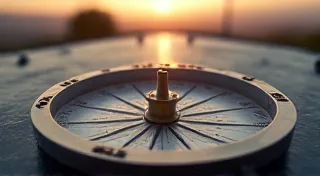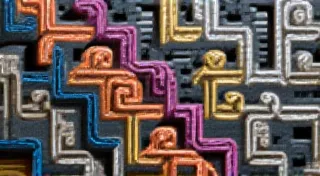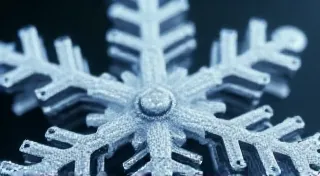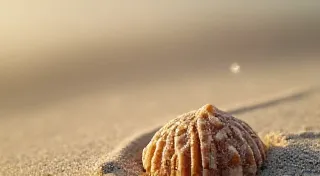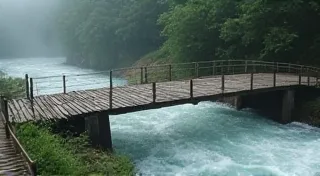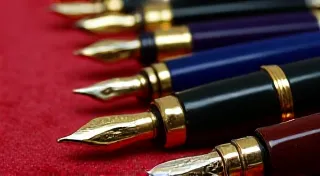The Cartographer's Palette: Mapping Lettering Styles Across Chalkboard Surfaces
There's a peculiar resonance, a shared spirit, between the meticulous craft of chalkboard art and the patient restoration of antique accordions. Both are acts of revival, breathing new life into objects imbued with history and whispering tales of bygone eras. The accordion, with its bellows and keys, represents a complex system of interconnected parts, each contributing to a beautiful, mournful song. Similarly, a chalkboard, far from being a mere slate for mundane notes, becomes a canvas for intricate lettering and evocative imagery—a world created with the simple touch of chalk.
My fascination with chalkboard art isn’t recent. It began years ago while helping my grandfather, a carpenter with an unerring eye for detail, dismantle an old schoolhouse. He salvaged a particularly large chalkboard, its surface scarred with the ghosts of countless lessons and youthful doodles. Cleaning it was a slow, meditative process. The ingrained dust of decades clung stubbornly, yet as it lifted, a sense of something precious being revealed permeated the air. It wasn't just the slate itself, but the imagined echoes of teachers and students, of laughter and learning, that made it feel significant.
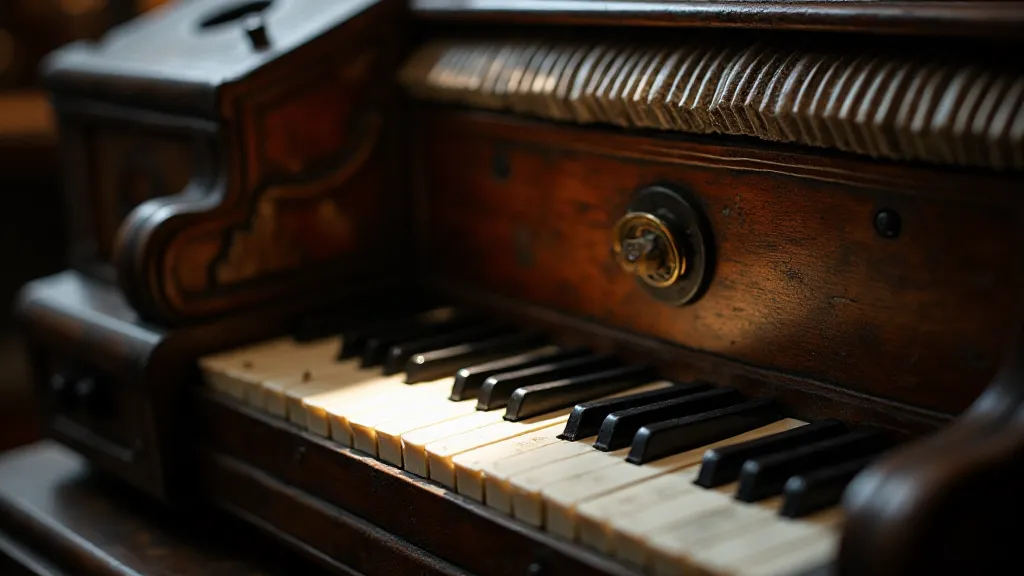
The Physics of the Surface: Chalk and Texture
The beauty of chalkboard art isn’t solely in the lettering itself; it’s profoundly shaped by the surface it’s applied to. A freshly coated, highly glossed chalkboard behaves drastically differently than one with a more porous texture. The gloss offers a vibrant, almost photographic quality. Chalk adheres readily, creating sharp, clean lines, and allows for easy blending and subtle gradients. This is ideal for replicating intricate signage or photorealistic illustrations.
However, older chalkboards, or those intentionally left uncoated to achieve a more rustic aesthetic, present a different challenge. Their texture—often a mixture of subtle pits, grooves, and inconsistencies—demands a careful approach. The chalk doesn't flow as evenly; it catches on the roughness, creating a characterful, almost hand-hewn quality. This is where the true artistry shines. It requires a greater understanding of pressure, angle, and the subtle nuances of chalk dust. It’s a reminder that imperfection, in this context, is not a flaw, but a defining feature, a testament to the chalkboard’s history and the artist’s skill.
Letterform Choices: A Visual Cartography
Just as a cartographer chooses specific symbols and line weights to convey information on a map, a chalkboard artist selects letterforms to create a desired mood and aesthetic. The choice isn't arbitrary; it’s a carefully considered decision rooted in an understanding of visual communication.
Consider the difference between a flamboyant, ornate script – like Spencerian or Copperplate – used for a vintage café menu, and a stark, utilitarian sans-serif employed for a school timetable. The former evokes a sense of elegance and indulgence, while the latter communicates efficiency and order. A playful, rounded typeface might be perfect for a children's event, while a robust, slab-serif could lend gravitas to a historical announcement.
The physicality of the chalkboard also influences the choice. A delicate, intricate script might appear fragile and lost on a rough, textured surface. Conversely, a bold, blocky lettering style can thrive on the imperfections, its strong lines providing a welcome contrast to the unevenness. Experimentation is key—testing different fonts and chalk types on a small section of the board is invaluable.
Techniques and Nuances: From Basic Strokes to Shading
While the basic premise of chalkboard art seems straightforward – drawing with chalk on a slate – mastering the craft requires practice and a keen eye for detail. Simple strokes are fundamental, of course. But achieving consistent line weights, clean curves, and even lettering demands a controlled hand and a deep understanding of pressure. The angle at which you hold the chalk significantly impacts the stroke’s thickness and texture.
Shading is where chalkboard art truly elevates. Using a blending stump or even your finger, you can soften the chalk and create subtle tonal variations. Hatching and cross-hatching – using parallel or intersecting lines to create shading – are essential techniques for adding depth and dimension. Layering different colors of chalk can create surprisingly nuanced effects. For instance, a base layer of gray, subtly blended with a darker brown, can mimic the look of aged wood or weathered stone.
Restoring an old accordion, much like mastering these techniques, requires patience and a willingness to learn from your mistakes. A misaligned reed or a cracked bellows can be a frustrating setback, but also an opportunity to deepen your understanding of the instrument’s mechanics.
The Echoes of History: Chalkboards and Accordions in Context
Both chalkboards and accordions have deep roots in our cultural heritage. Chalkboards were once the primary tool for instruction in classrooms around the world. They represent a time when knowledge was imparted face-to-face, a stark contrast to the digital landscape of today. They remind us of the importance of tangible learning and human connection.
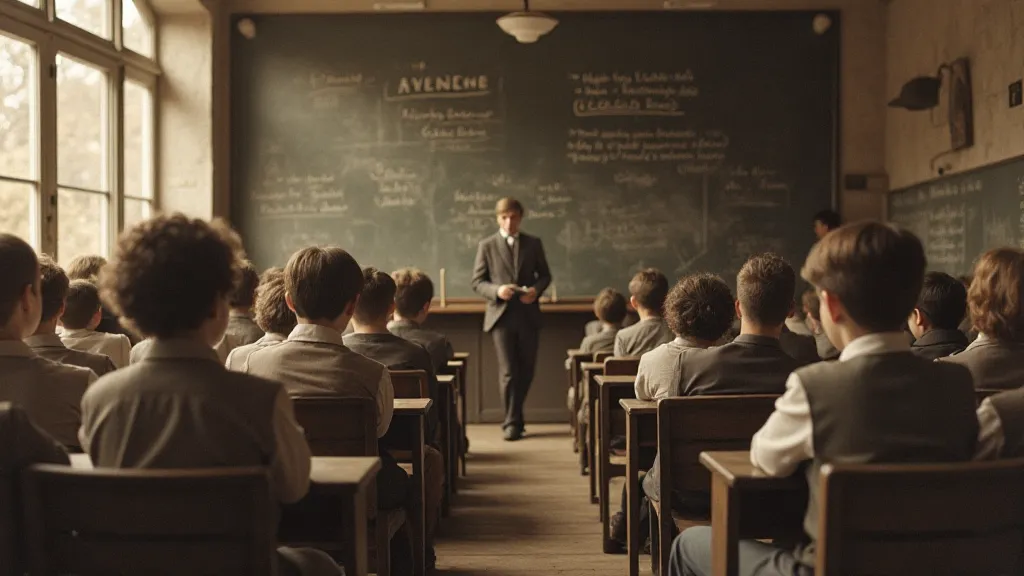
Similarly, the accordion, initially a folk instrument, gained popularity as a mainstay of European street music and vaudeville acts. It represents a legacy of tradition, community, and storytelling. The mournful, evocative sounds of the accordion can transport listeners to another time and place, evoking a deep sense of longing and nostalgia.
Preserving the Legacy: Restoration and Appreciation
Whether it’s a beautifully crafted chalkboard sign or a treasured antique accordion, the act of preservation is a form of respect—a recognition of the craftsmanship and artistry that went into its creation. Restoring a damaged chalkboard might involve cleaning, patching, and even re-coating the surface. Similarly, repairing an accordion can range from simple reed adjustments to complete bellows replacement.
More than just functional objects, both chalkboards and accordions serve as tangible links to our past, reminders of the ingenuity and creativity of previous generations. Appreciating their beauty and value—and actively working to preserve them—is a responsibility we share.
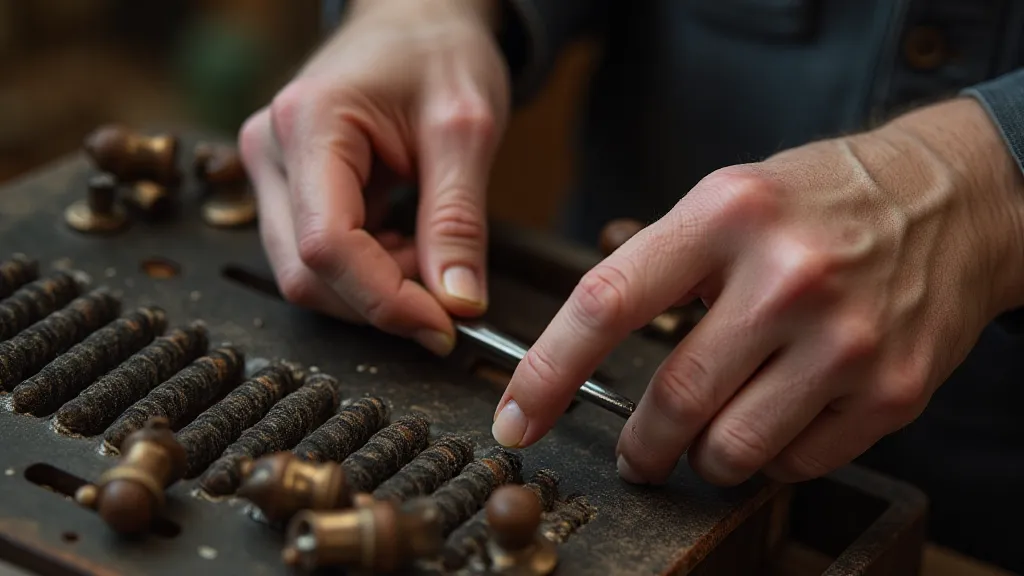
The cartographer's palette, in this context, isn’t just about choosing the right colors or styles; it’s about understanding the entire landscape – the surface, the history, the potential for beauty—and using your skills to bring it to life.
